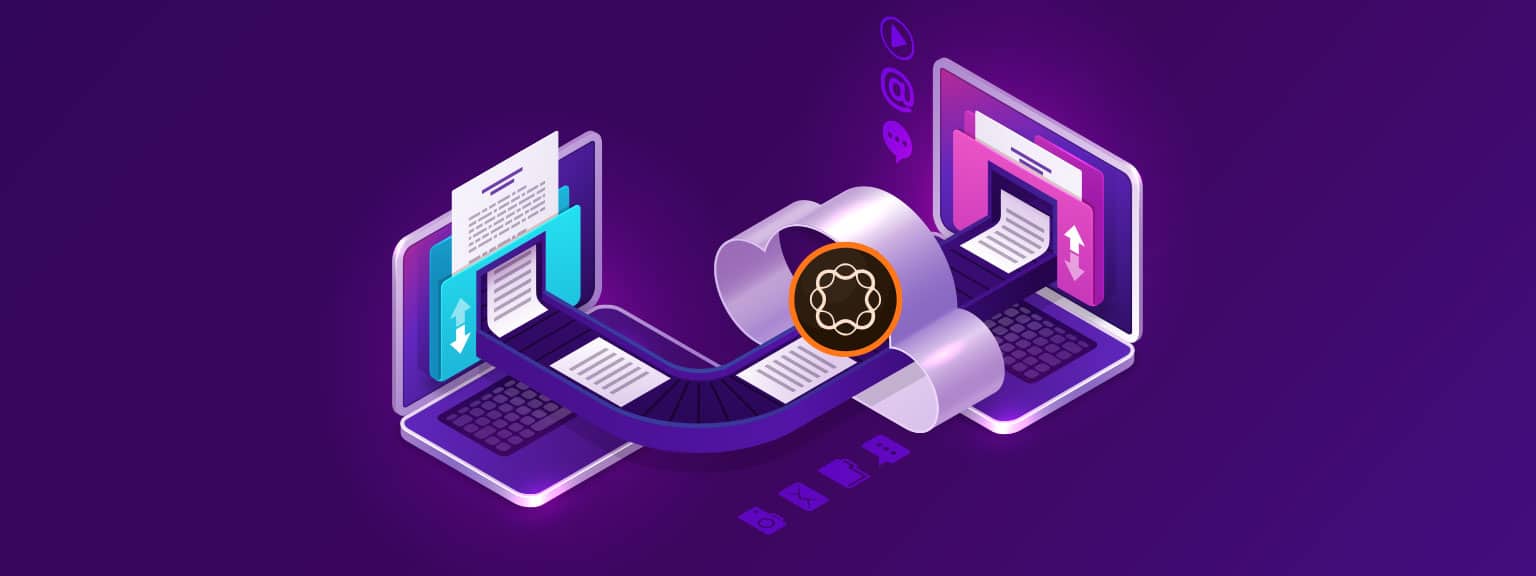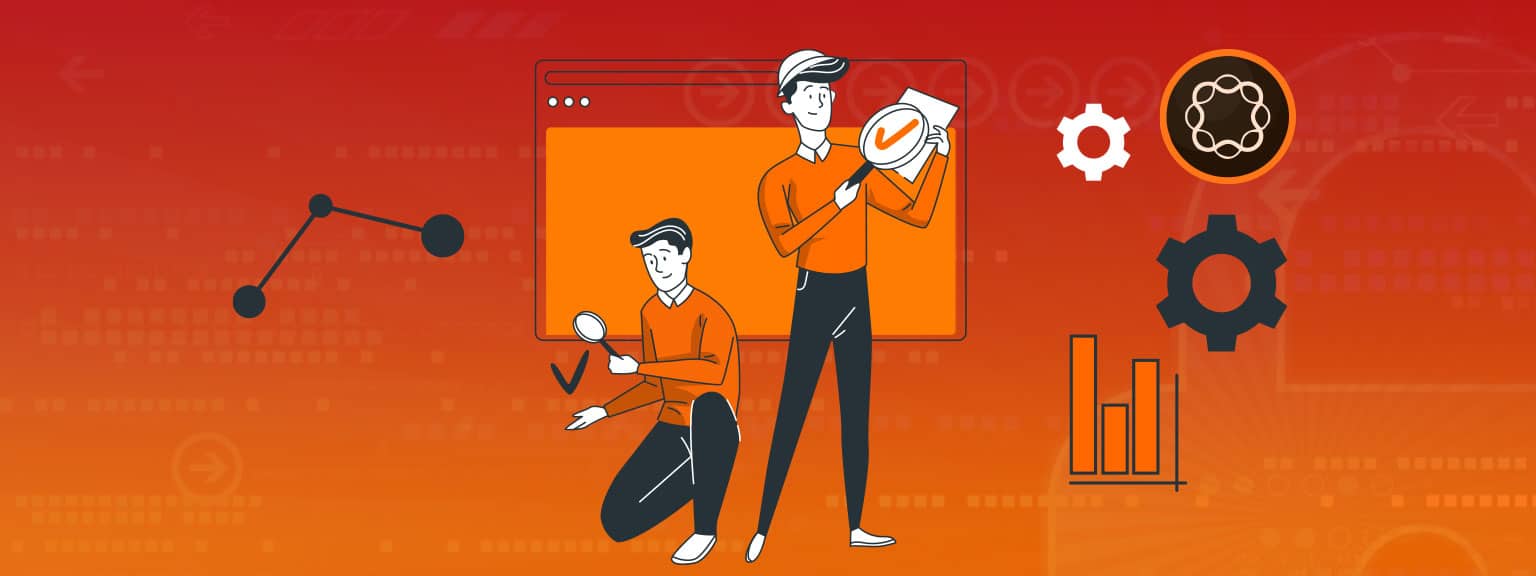Go-Live Phase: AEM as Cloud Service (AEMaaCS)
As the go-live phase of integrating AEM as a cloud service approaches, the stage is set, the spotlight is bright, and the digital transformation reaches its grand finale. The go-live phase marks the culmination of the implementation process for AEM as a cloud service. A smooth transfer from the current infrastructure to the cloud-based AEM environment is ensured during this crucial period, allowing businesses to fully realize the promise of their digital experiences.
In this blog, we will encompass the key aspects of AEM such as cloud service go-live and the invaluable assistance provided by the NextRow team in planning and strategizing the go-live cutover.
Go-Live Readiness Checklist: Essential Preparations for a Seamless Transition
It is essential to guarantee readiness on a number of fronts before starting the go-live phase. This entails determining the stability of the system, checking that all prerequisites have been satisfied, and certifying that all necessary preparations have been made. The basis for a smooth transition is laying a complete go-live readiness evaluation. Discover the key aspects to guarantee a successful live.
-
Content Transfer: Unlocking Digital Assets and Importance of Seamless Data Migration

A crucial stage is the migration of content from the current AEM environment to the cloud-based AEM as a service. Extracting content, ensuring its integrity, and safely moving it to the new environment are all parts of the content transfer process. To prevent any interruptions in the content flow and guarantee a flawless transfer, careful preparation, and execution are necessary.
2. Delta Transfer: Optimizing Performance and Importance of Efficient Incremental Updates

To keep the content up to date during the migration process, delta transfer plays a vital role. It involves transferring incremental changes made to the content since the initial transfer. By identifying and transferring only the modified or new content, delta transfer significantly reduces the overall transfer time and optimizes the migration process, ensuring efficient and timely updates.
3. Code Triaging: Harmonizing the Codebase and Importance of Stability and Compatibility

During the go-live phase, it is essential to assess the codebase thoroughly and prioritize any necessary modifications or enhancements. Code triaging involves:
- Evaluating the existing code.
- Identifying potential issues or deprecated features.
- Streamlining the codebase to align with the new cloud-based AEM as a service environment.
This process ensures optimal performance, stability, and compatibility, paving the way for a robust and future-ready codebase.
4. User Acceptance Testing (UAT): Perfecting the User Experience and Importance of User Satisfaction

UAT plays a pivotal role in the go-live phase, ensuring that the implemented features and functionalities meet user expectations. By conducting comprehensive UAT, organizations can gather valuable end-user feedback, identify usability issues, and make necessary adjustments. UAT allows us to fine-tune digital experiences and enhance user satisfaction, creating a delightful and user-centric environment.
5. Performance Testing: Showcasing Excellence and Importance of Scalability and Responsiveness

Performance testing is a critical aspect of the go-live phase, aiming to assess the responsiveness, scalability, and stability of the AEM as a service environment under various workloads. By simulating real-world scenarios and stress testing the system, organizations can identify and address any performance bottlenecks, ensuring a seamless user experience even during peak usage periods.
In addition, performance testing highlights the system’s capabilities and ensures its ability to handle high-traffic loads, delivering exceptional performance and reliability.
NextRow: Your Maestro of the Go-Live Phase
In the complex and crucial go-live process, partnering with an experienced and reliable team can make all the difference. NextRow is at the forefront of enabling successful go-live cutover for organizations transitioning to AEM as a cloud service. With their deep expertise in AEM implementation, the NextRow team assists companies in planning and strategizing the go-live cutover, ensuring a seamless and efficient transition.
Their expertise helps organizations identify potential challenges, mitigate risks, and streamline the go-live process, ensuring minimal downtime and maximum business continuity.
Conclusion
As the countdown to go live begins, ensuring go-live readiness becomes paramount. From seamless content transfer and efficient delta updates to code triaging, UAT, and performance testing, each step contributes to a successful transition to AEM as a cloud service. By meticulously preparing and addressing these key aspects, organizations can elevate their digital experiences, enhance user satisfaction, and pave the way for future growth and success.















